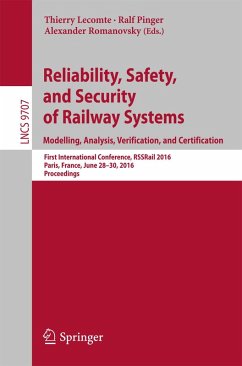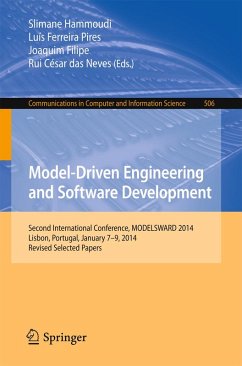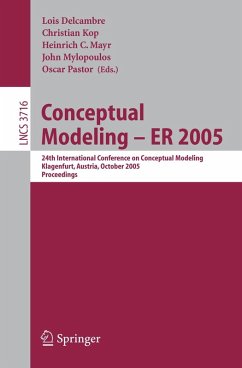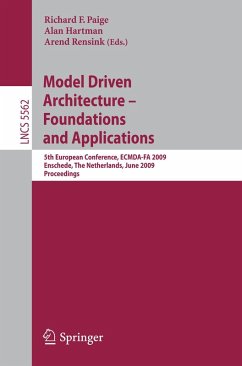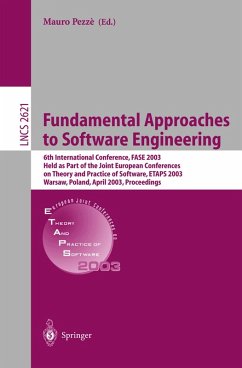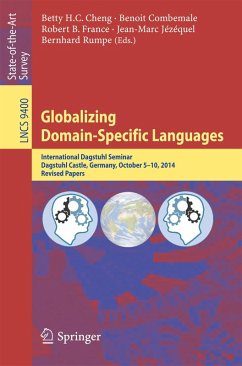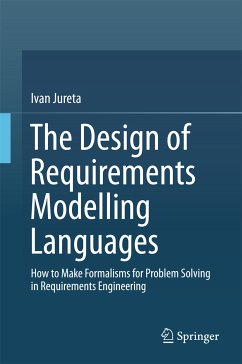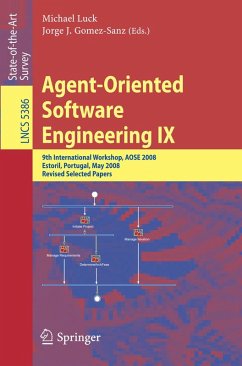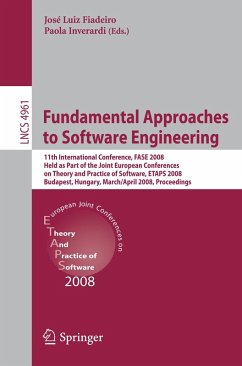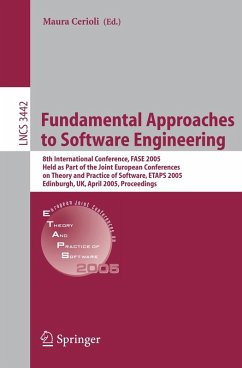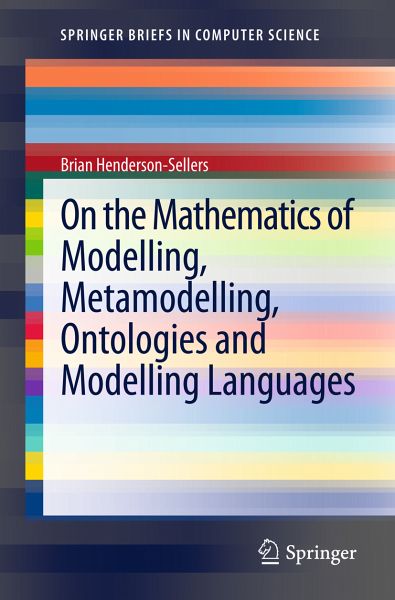
On the Mathematics of Modelling, Metamodelling, Ontologies and Modelling Languages (eBook, PDF)
Versandkostenfrei!
Sofort per Download lieferbar
40,95 €
inkl. MwSt.
Weitere Ausgaben:

PAYBACK Punkte
20 °P sammeln!
Computing as a discipline is maturing rapidly. However, with maturity often comes a plethora of subdisciplines, which, as time progresses, can become isolationist. The subdisciplines of modelling, metamodelling, ontologies and modelling languages within software engineering e.g. have, to some degree, evolved separately and without any underpinning formalisms.Introducing set theory as a consistent underlying formalism, Brian Henderson-Sellers shows how a coherent framework can be developed that clearly links these four, previously separate, areas of software engineering. In particular, he shows...
Computing as a discipline is maturing rapidly. However, with maturity often comes a plethora of subdisciplines, which, as time progresses, can become isolationist. The subdisciplines of modelling, metamodelling, ontologies and modelling languages within software engineering e.g. have, to some degree, evolved separately and without any underpinning formalisms.
Introducing set theory as a consistent underlying formalism, Brian Henderson-Sellers shows how a coherent framework can be developed that clearly links these four, previously separate, areas of software engineering. In particular, he shows how the incorporation of a foundational ontology can be beneficial in resolving a number of controversial issues in conceptual modelling, especially with regard to the perceived differences between linguistic metamodelling and ontological metamodelling. An explicit consideration of domain-specific modelling languages is also included in his mathematical analysis of models, metamodels, ontologies and modelling languages.
This encompassing and detailed presentation of the state-of-the-art in modelling approaches mainly aims at researchers in academia and industry. They will find the principled discussion of the various subdisciplines extremely useful, and they may exploit the unifying approach as a starting point for future research.
Introducing set theory as a consistent underlying formalism, Brian Henderson-Sellers shows how a coherent framework can be developed that clearly links these four, previously separate, areas of software engineering. In particular, he shows how the incorporation of a foundational ontology can be beneficial in resolving a number of controversial issues in conceptual modelling, especially with regard to the perceived differences between linguistic metamodelling and ontological metamodelling. An explicit consideration of domain-specific modelling languages is also included in his mathematical analysis of models, metamodels, ontologies and modelling languages.
This encompassing and detailed presentation of the state-of-the-art in modelling approaches mainly aims at researchers in academia and industry. They will find the principled discussion of the various subdisciplines extremely useful, and they may exploit the unifying approach as a starting point for future research.
Dieser Download kann aus rechtlichen Gründen nur mit Rechnungsadresse in A, B, BG, CY, CZ, D, DK, EW, E, FIN, F, GR, HR, H, IRL, I, LT, L, LR, M, NL, PL, P, R, S, SLO, SK ausgeliefert werden.




